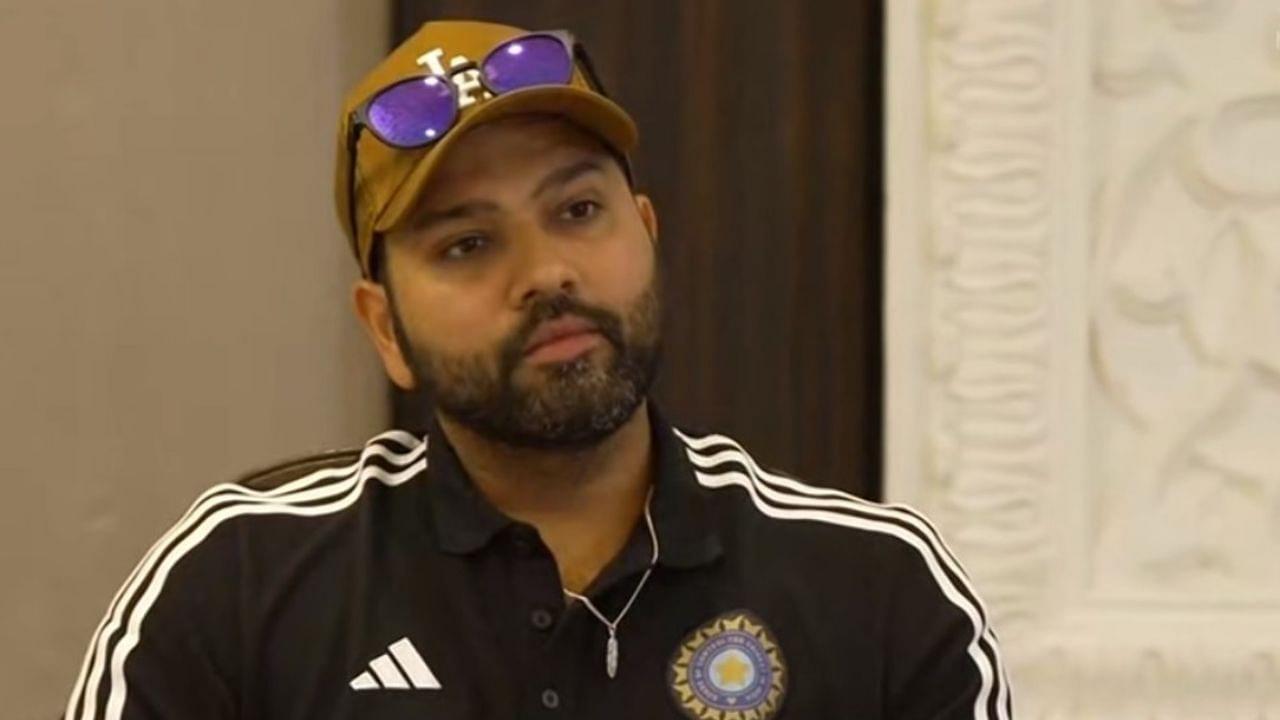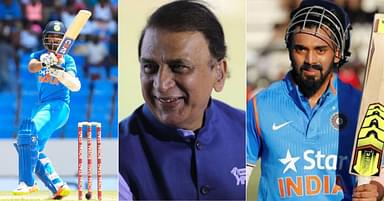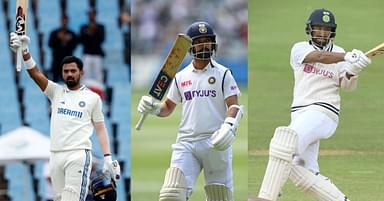Rarely addressing the media in a press conference after the announcement of a 17-member squad for Asia Cup 2023, Indian captain Rohit Sharma was at the receiving end of a few tough questions (understandably so).
Advertisement
Taking into consideration how the last year or so hasn’t been optimal for the Indian cricket team primarily because of an urge to flex their flexibility on the back of needless experimentation, Sharma was rightly asked twice about how the team management intends to tackle the issue in the upcoming two multi-team events.
The first time around, Sharma cleared his intentions as captain regarding wanting to “make sure everyone is okay to bat anywhere”. Sharma, who doesn’t want to lead a “handicapped” squad, iterated that players have been informed about the same over the last three-four years.
“You need flexibility, guys who can step up at any position. I know it’s tough for guys on the outside to understand why a guy who bats at six is batting at four, but the message has been given.”
Speaking particularly about a batter being swapped between No. 4 and No. 6, Sharma was referring to Suryakumar Yadav without naming him. Although named in the squad again, Yadav is yet to justify multiple chances in ODI cricket. An average of 24.33 across 24 innings is almost half his average in the shortest format.
Him been allowed to bat between No. 3 and No. 7 has adversely affected the batting positions of other batters as well. While Yadav is just one example of the selection mayhem put on display by the Indian team management of late, Sharma admitted to have tryied more options especially at No. 4.
Rohit Sharma Addresses Flexibility And Experimentation With India’s Batting Order
If truth be told, a flexible batting order doubtlessly provides a shot in the arm to any cricket team. Having said that, flexibility sans stability is a confirmed blueprint for failure – something which India have experienced a lot of late.
Notwithstanding possessing the highest amount of flexibility, one expects a settled cricket team to only exercise it in desperate situations. India, on the contrary, had become accustomed to an uncustomary idea of shuffling batting positions over and over again.
Therefore, both Sharma and selection chairman Ajit Agarkar found themselves answering a similar question during the fag end of the presser. Sharma, who has a knack of being witty in such situations, laid emphasis on putting forward minute details for the better understanding of the concerned reporter.
“[Our] Openers bat at the top of the order. No. 3 batter bats there only. KL [Rahul] used to bat at No. 5. Hardik [Pandya] bats at No. 6. [Ravindra] Jadeja at No. 7. Now if 4 and 5 are swapped, it isn’t much of a problem. Even I have batted at all batting positions especially early on in my career. This is is the flexibility I am talking about.”
“It’s not like we send an opener at No. 8 and vice-versa. Yeh pagalpanti nahin karte hum. Flexibility ka matlab yeh nahin hai ki tabaahi machaa do [We don’t do such crazy stuff. Flexibility isn’t synonymous with chaos].”
— Bhole Chature (@memekidiwani) August 21, 2023
To be fair to the reporter and to correct Sharma, it is noteworthy that he, an opening batter, had batted at No. 7 in his last ODI innings. Former India captain Virat Kohli, arguably the best No. 3 in the history of cricket, was slated to bat at No. 8 in the same match last month.
What Should Be The Way Ahead For Team India?
Although Sharma and Agarkar attending a press conference and naming a solid squad has come across as an infrequent sign of assurance with respect to the Indian team in the last 12 months, the former and head coach Rahul Dravid will still have some pondering to do before their first Asia Cup clash against Pakistan on September 4.
With Agarkar confirming that wicket-keeper batter KL Rahul is facing a fresh niggle in addition to his thigh injury, he might end up missing another match or two before regaining optimum fitness. Assuming that happens, India must play wicket-keeper batter Ishan Kishan at No. 5 even if it is against his usual opening position.
With Rahul being India’s first-choice ODI keeper-batter right now, his replacement should also bat at his batting position. As much as it is tempting to open the innings with a natural stroke-maker in Kishan, it should be avoided at all costs because it will come at a cost of not allowing one out of Sharma, Shubman Gill or Kohli to bat in the top-order.
The trio, which form a formidable combination against the new ball, shouldn’t be moved out of their positions. As far as Kishan is concerned, it is time for him to stand tall on Sharma’s demand of being “flexible” for the team’s cause.






